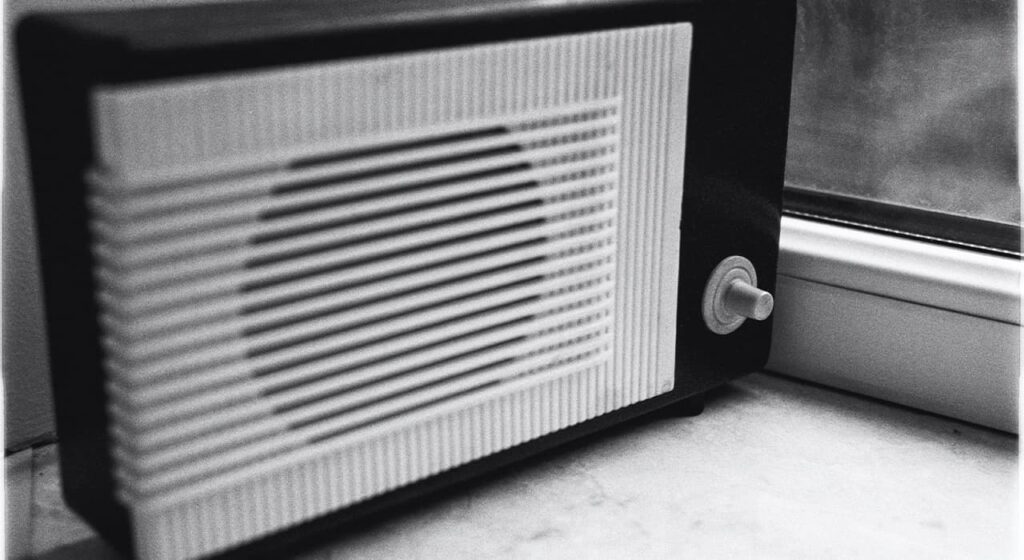A radio wave is a signal. Something that transmits information. Radio waves are divided into bands: from sub-millimeter to ultra-long. Each range is characterized by its own characteristics of propagation.
Take an electromagnetic wave. It is a sine wave, an oscillation of magnetic and electric field strength vectors. “Where is the information here?” you ask, and there is a reason for that question.
The sine wave itself does not carry any information. It is the modulation of the signal that is used to transmit the data. There are different types of modulation:
- amplitude;
- phase;
- frequency;
- Amplitude-frequency.
For example, the abbreviation FM means frequency modulation.
Modulation is a change in one of the signal parameters.
Frequency modulation is a change in frequency. Amplitude modulation is a change in amplitude. Of course, the change is not a simple one, but a carrier.
We have a carrier signal (carrier oscillation) and an information signal (speech, sound, music). Modulation of carrier signal allows to encode information in it. And the parameter of this signal changes according to information signal.
Below we will consider frequency modulation, as FM-radio stations – the most popular, and it is more pleasant to talk about what is familiar. In frequency modulation, the signal does not change in amplitude. In accordance with changes in the level of the information signal, the frequency of the carrier oscillation changes.
How a radio works
The simplest radio receiver contains a receiver and a transmitter. The transmitter must send the signal and the receiver must receive it.
In doing so, the receiver does not just transmit, but encodes the signal using modulation. The transmitter also has to do the reverse, that is, decode the signal. And then we get the same signal that was transmitted to us.
